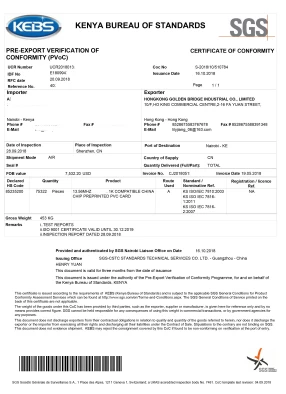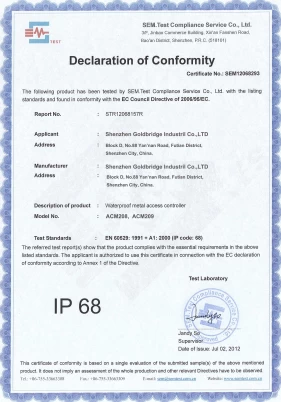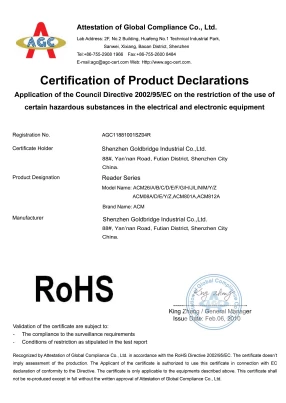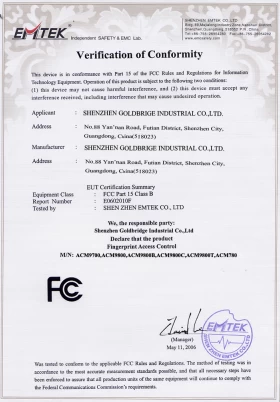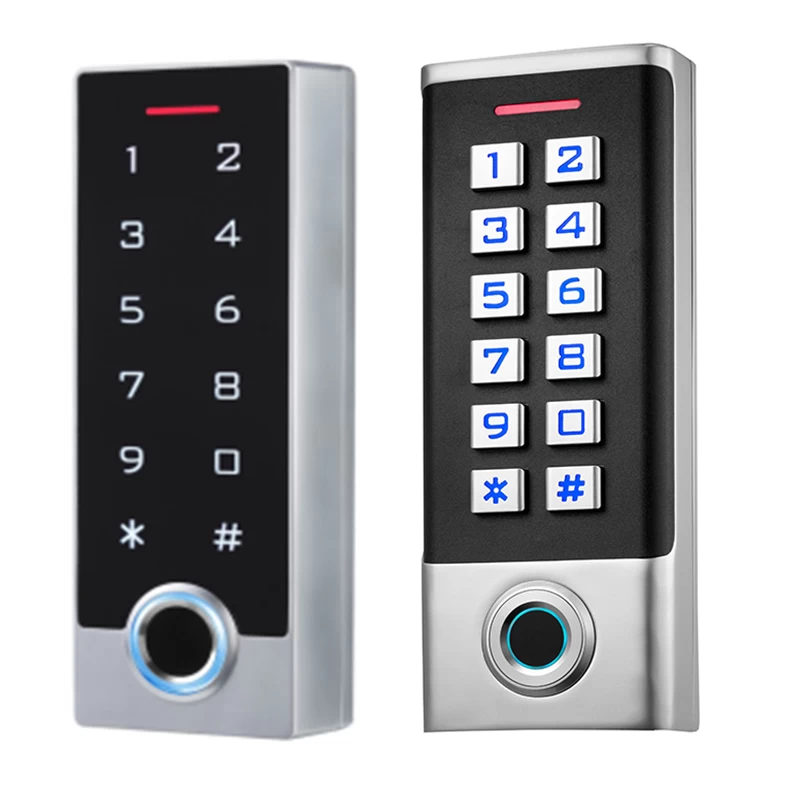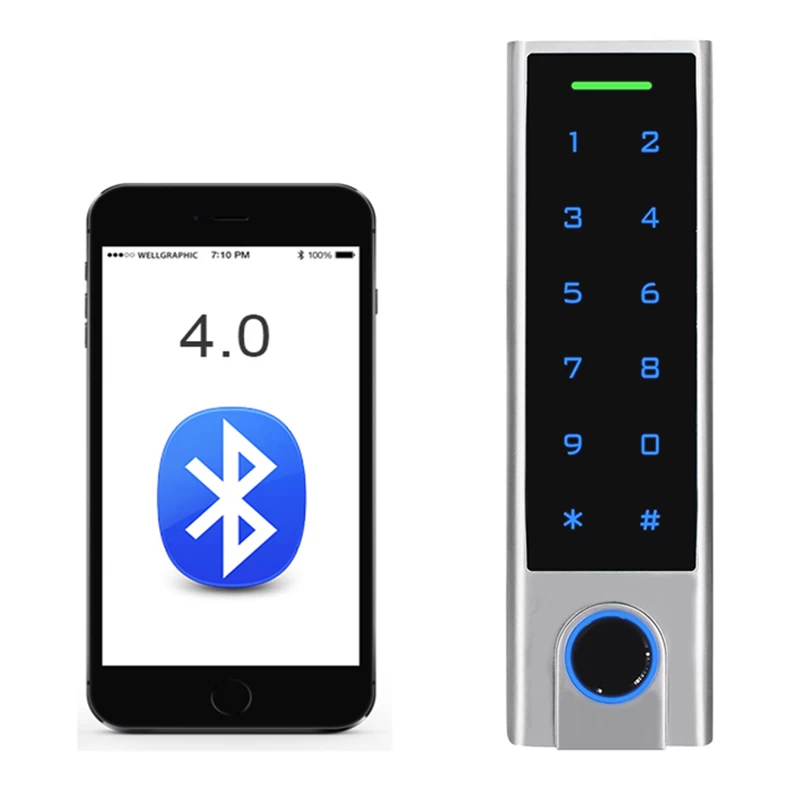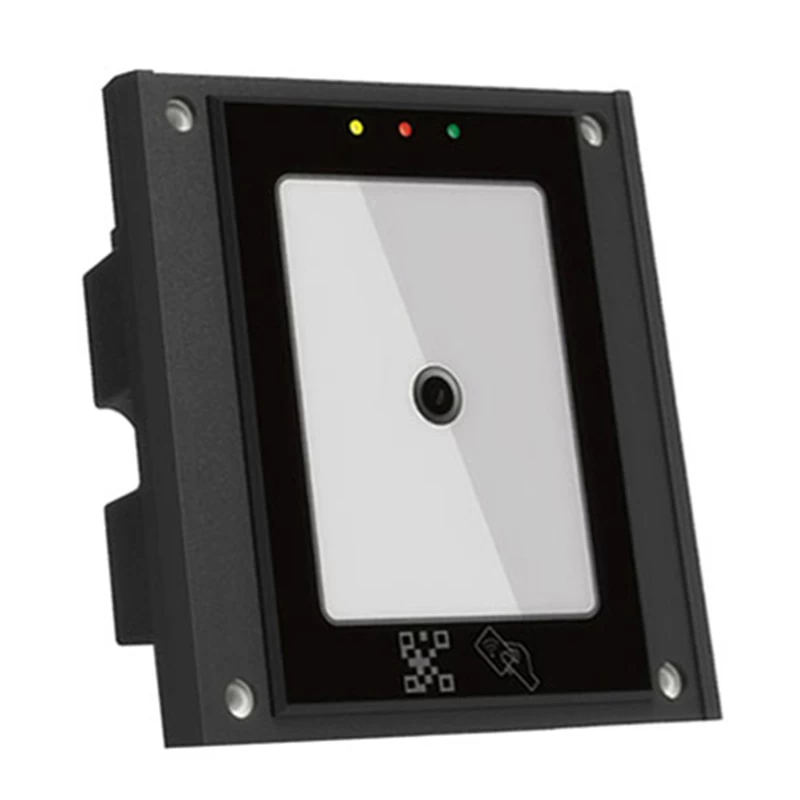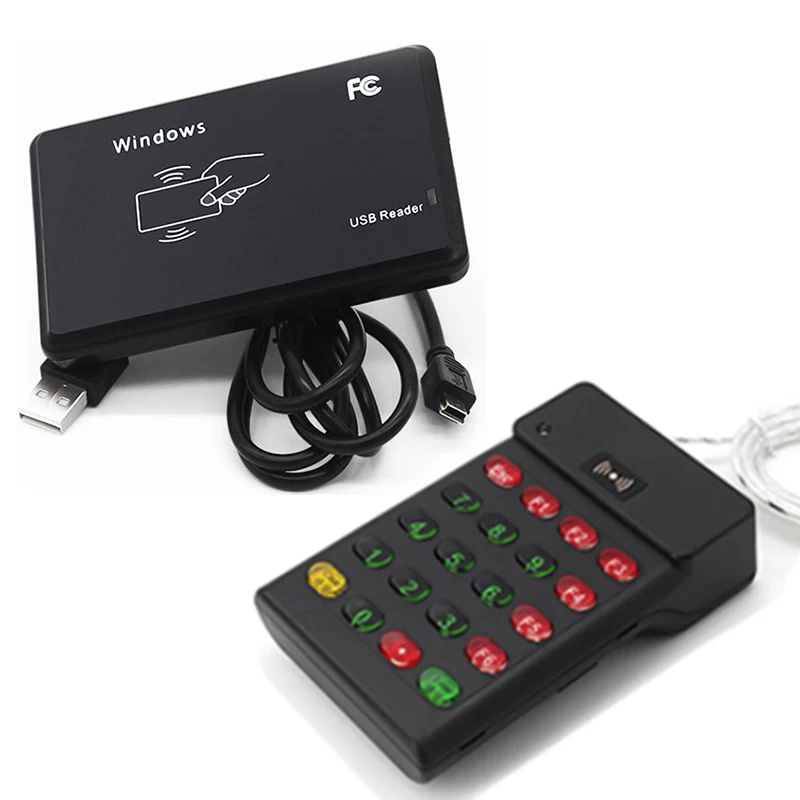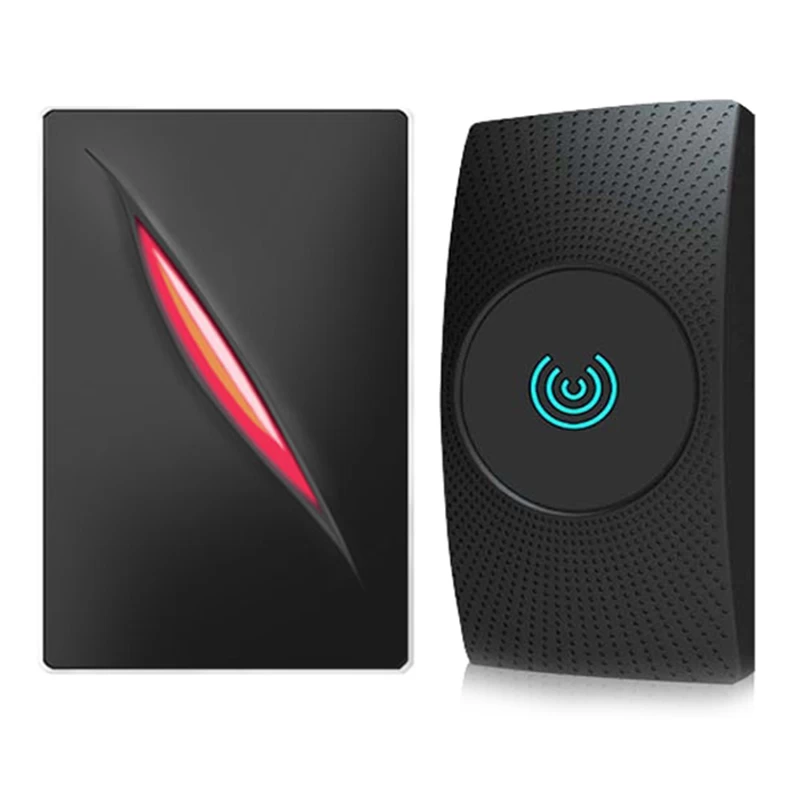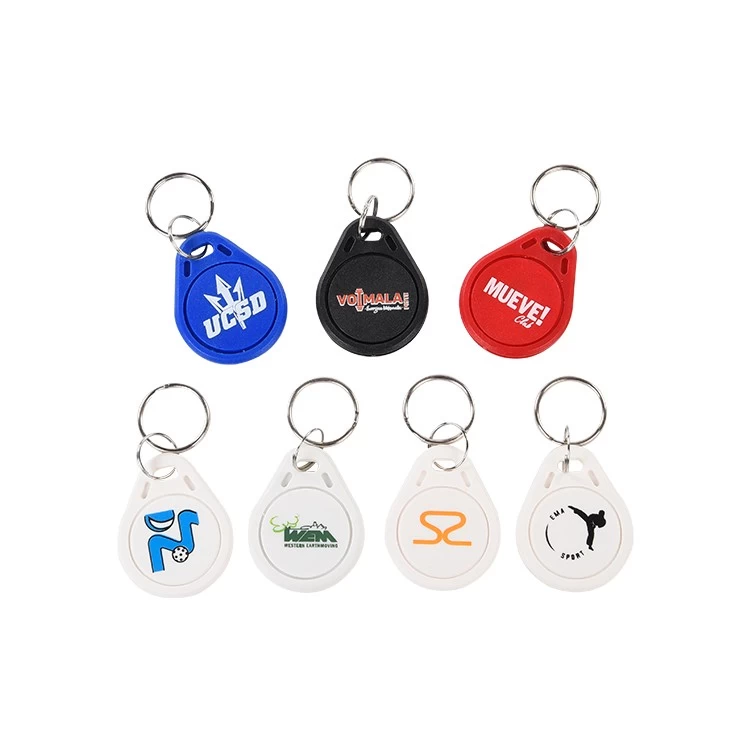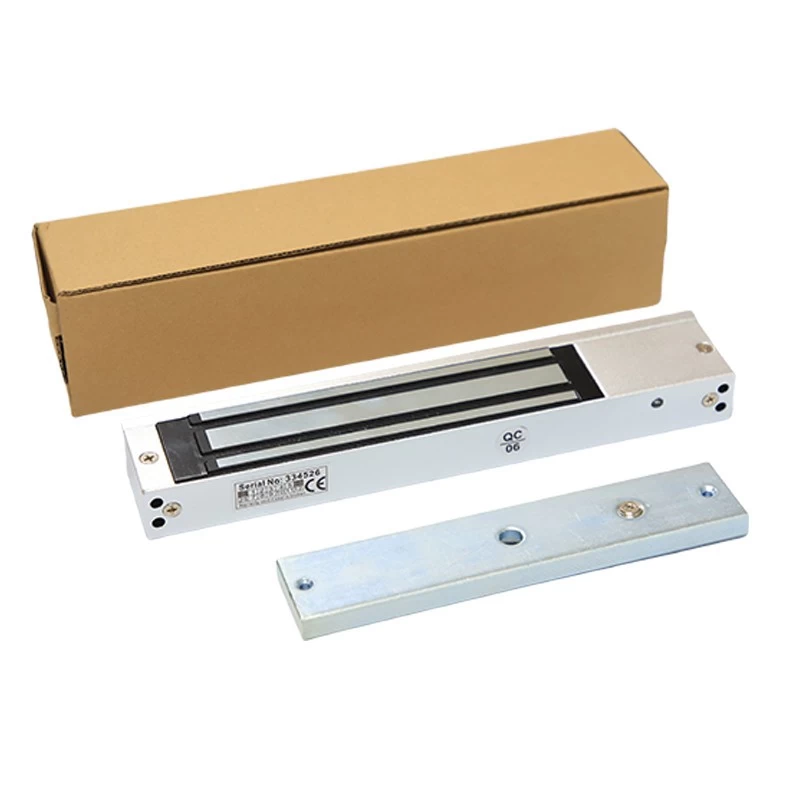Do you want to inject RFID microchips into your pet?

Application history and current situation of pet product chip
In fact, the use of microchips in animals is not uncommon. The animal husbandry industry uses it to record animal information. Zoologists implant microchips in wild animals such as fish and birds for scientific research, and implant them in pets. It can prevent pets from getting lost.
At present, countries around the world have different standards for the use of pet microchips: France stipulated in 1999 that dogs over four months old must be injected with microchips, and in 2019, the use of microchips for cats is also mandatory; New Zealand required pet dogs to be implanted in 2006. In April 2016, the United Kingdom required all dogs to be implanted with microchips; Chile implemented the Pet Ownership Liability Act in 2019, and nearly one million pet cats and dogs were implanted with microchips.
RFID technology the size of a rice grain
The pet chip is not the kind of angular sheet-like objects that most people imagine (as shown in Figure 1), but a cylindrical shape similar to long grain rice, which can be as small as 2 mm in diameter and 10 mm in length (as shown in Figure 2). . This small "rice grain" chip is a tag using RFID (Radio Frequency Identification Technology), and the information inside can be read through a specific "reader" (Figure 3).
Specifically, when the chip is implanted, the ID code contained in it and the identity information of the breeder will be bound and stored in the database of the pet hospital or rescue organization. When the reader is used to sense the pet carrying the chip, read it The device will receive an ID code and enter the code into the database to know the corresponding owner.
There is still a lot of room for development in the pet chip market
According to the "2020 Pet Industry White Paper", the number of pet dogs and pet cats in China's urban areas exceeded 100 million last year, reaching 10.84 million. With the continuous rise of per capita income and the increase in the emotional needs of young people, it is estimated that by 2024, China will have 248 million pet cats and dogs.
The market consulting firm Frost & Sullivan reported that in 2019, there were 50 million animal tags in total, of which 15 million were glass tube tags, 3 million dove foot rings, and the rest were ear tags. In 2019, the animal tag market has reached 207.1 million yuan, accounting for 10.9% of the low-frequency RFID market.
It should be pointed out that the development of pet chips in foreign countries is more mature. Previously, the chips used in Shenzhen were foreign brands. For example, Longgang District and Dapeng New District use the DATAMARS brand imported from Switzerland, which has the largest market share in the world; the working dog chip brand selected in Futian District is PPETCARE, which has been used by the Ministry of Public Security for more than 20 years.
At present, only a few cities in China, such as Shenzhen, Ningbo, and Chongqing, are promoting the implantation of microchips. With the continuous introduction and implementation of relevant policies in various places, there is still a lot of room for development in the pet chip market in my country, and it also contains huge Opportunities for domestic substitution.
Implanting microchips in pets is neither painful nor expensive
The pet microchip implantation method is subcutaneous injection, usually on the upper back of the neck, where the pain nerves are not developed, do not need anesthesia, and cats and dogs will not be very painful. In reality, most pet owners will choose to sterilize their pets. Inject the chip into the pet at the same time, so the pet will not feel anything to the needle.
In the process of pet chip implantation, although the syringe needle is large, the siliconization process is related to medical and health products and laboratory products, which can reduce resistance and make injections easier. In reality, the side effects of implanting microchips in pets may be temporary bleeding and hair loss.
At present, the domestic pet microchip implantation fee is basically within 200 yuan. The service life is as long as 20 years, that is to say, under normal circumstances, a pet only needs to implant the chip once in his life.
In addition, the pet microchip does not have a positioning function, but only plays a role of recording information, which can increase the probability of finding a lost cat or dog. If a positioning function is required, a GPS collar can be considered. But whether it is walking a cat or a dog, the leash is the lifeline.


